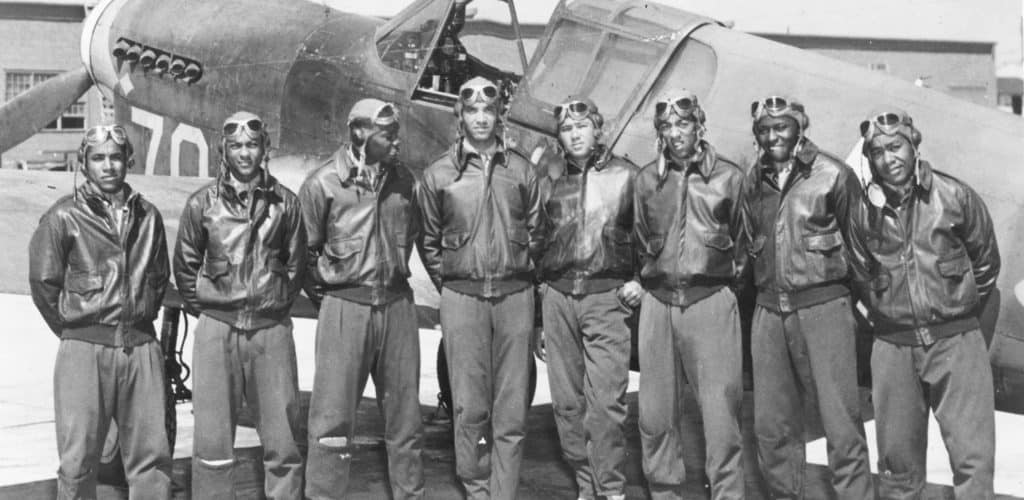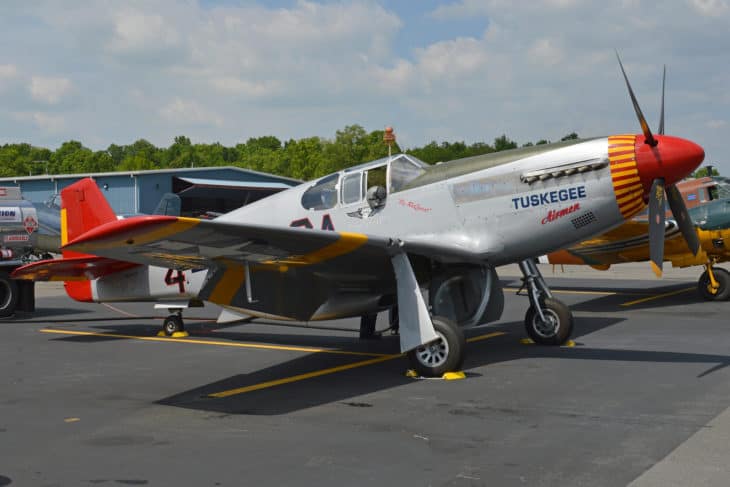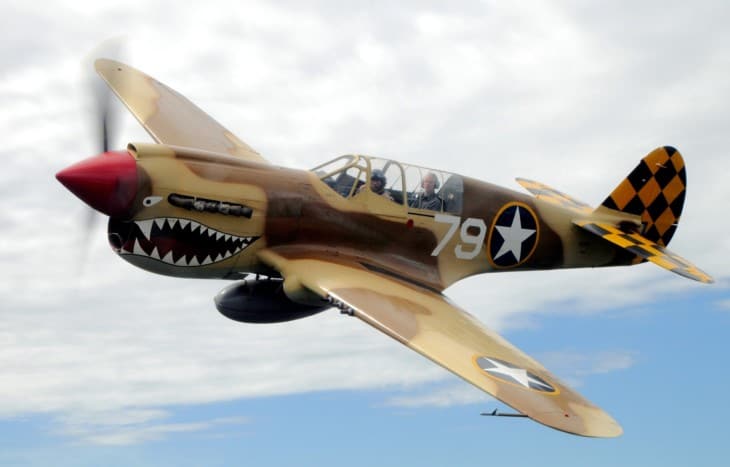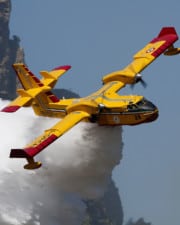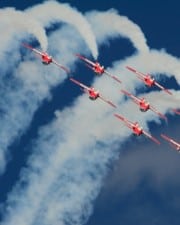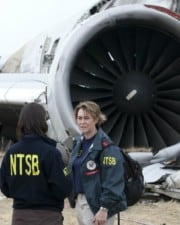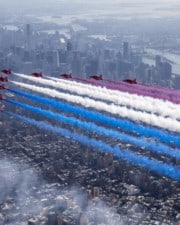The Tuskegee Airmen were black military pilots who excelled in successful combat and bomber escort missions. They fought two wars: a war against discrimination at home and a war against Germany abroad.
They were victorious in both. They earned dozens of Distinguished Flying Crosses, paved the way for full integration in the US military, and laid a solid foundation for the Civil Rights Movement to overturn unfair and unequal racist policies.
The Tuskegee Airman were a unique group. They were the first black Americans to train as military pilots and engage in wartime conflict overseas. They flew sorties during WWII in Africa and Europe and shot down German planes.
These brave airmen proved that black pilots were every bit as capable as white pilots, and they paved the way for a fully integrated military. President Barack Obama, America’s first black president, has said, “My career in public service was made possible by the path heroes like the Tuskegee Airmen trail-blazed.”
Black People in Aviation Pre-WWII
Ever since Wilbur and Orville Wright took to the skies in 1903, Americans, both white and black, have been drawn to aviation. For the first half of the 20th century, however, options for blacks were limited. In 1940, there were only 124 licensed black pilots in America. Due to systemic racism, black Americans were not permitted to be military aviators.
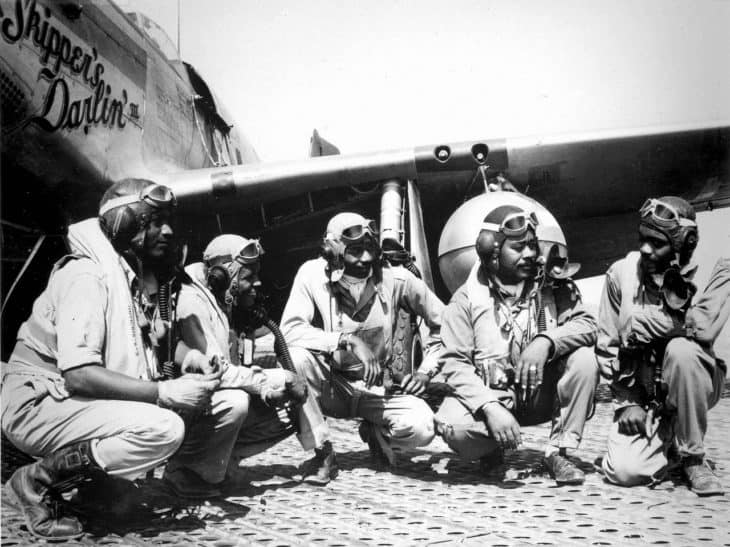
It’s also important to note that the 1940s were still deep in the Jim Crow-era. During this time, rules and regulations known as Jim Crow laws were passed to keep the races separated. In upholding the 1896 legal case of Plessy vs. Ferguson, the US Supreme Court established this “separate but equal” legal doctrine. It was prevalent in the military and every aspect of daily life in the southern United States.
The US military was segregated during the World War II period, but there was still a great need for pilots. It wasn’t until 1948 that the armed forces were integrated, and it was due mainly to the trail-blazing efforts of people like the Tuskegee Airmen.
When Did the Tuskegee Airmen Start?
In September 1940, Europe was embroiled in World War II. President Roosevelt was looking for ways to expand pilot training in the United States, should the country be pulled into the war. Historically, there were not many opportunities for black pilots.
After a successful lobbying campaign by the NAACP (National Association for Advancement of Colored People) and several well-known newspapers, President Roosevelt decided to include black Americans in his pilot training programs.
While the NAACP wanted integration, with black aviators integrated into white squadrons, this did not happen immediately. The first black military aviators were segregated and admitted only to an all-black squadron.
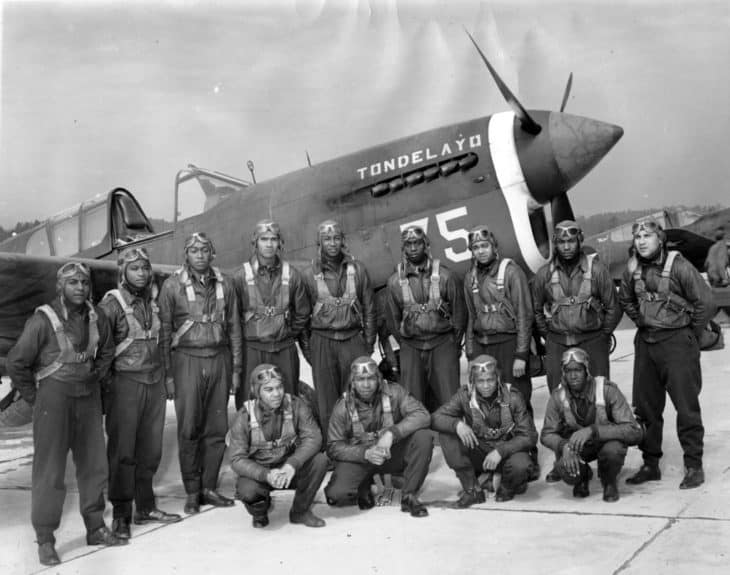
These pilots would become known as the Tuskegee Airman. Creating a completely segregated unit was challenging; there were no black flight surgeons when the squadron was founded, so black flight surgeons had to be trained. Another issue was rank. Military pilots were officers, which meant newly commissioned black pilots had a higher rank than white enlisted men.
The men trained at the Tuskegee Army Air Field (TAAF) in Tuskegee, Alabama. The first class of 13 cadets began flying in 1941, and only five successfully completed the training. The 99th was shipped out for combat duty in April 1943. The 332nd Fighter Group was sent overseas by February of 1944.
Who Were the Tuskegee Airmen?
The Tuskegee Airmen were made up of young black men from all over the country. Most were college graduates or undergraduates. They passed comprehensive entrance examinations before beginning training, including medical and psychological aptitude tests. Before flying, the men attended ground school to learn flight theory, meteorology, and operations.
Next, they completed practical training at the newly opened Tuskegee Army Field in Tuskegee, Alabama. This field was selected for two reasons. Tuskegee Institute was already successfully training black civilian pilots, and the airfield offered good flying weather even in the winter.
Watch ‘Red Tails’, a 2012 movie about the Tuskegee Airmen, on Amazon Prime:

The Tuskegee Airmen came from a variety of different backgrounds. Their one shared attribute was that they were not traditionally welcome in the regular Air Corps. Of the 922 pilots trained at Tuskegee, five were Haitians, one was Trinidadian, and many were from the Dominican Republic.
The term “Tuskegee Airmen” also refers to other specialties besides pilots. It includes the bombardiers, navigators, mechanics, instructors, nurses, cooks, crew chiefs, and support personnel. How many Tuskegee Airmen were there? The program trained over 1,000 pilots and 14,000 support positions.
The men who served at Tuskegee were never cut any slack. They each had a strong personal desire to serve their country to the best of their abilities. That commitment was tested, not only through their training but also with the daily battles they fought for equality. The training was hard, and the working conditions were harder. Those that made it were the best-of-the-best.
Airmen who were not sent overseas arguably had an even more challenging time than their colleagues. They trained as bomber crew in the 477th Medium Bombardment Group at Selfridge Field, Michigan. Throughout their time, they were treated as trainees and denied equal service and opportunities. They were barred from the officers’ club. They wound up being transferred to Godman Field in Kentucky, but the abuses continued.
By 1945, the group was transferred again to Indiana. When the Tuskegee officers tried to enter the officers’ club, 103 were arrested and court-martialled. In the end, most charges were dropped except those against Lt. Roger “Bill” Terry. It took until 1995 for the military to officially exonerate these men and purge their records.
Why are the Tuskegee Airmen Important?
In 1940s America, many whites did not believe that black Americans could be successfully trained as military pilots—or many other professions, for that matter. The Tuskegee Airmen helped change the tide of public opinion and created a cornerstone for the coming Civil Rights movement.
What did the Tuskegee Airmen do? They proved that black Americans were equal to white pilots and could be valuable members of the military. Their high combat success rate led to a legendary reputation for never losing a bomber under their escort. And by extension, if black men could become some of the best pilots in the country, what couldn’t they do? They presented a powerful image that improved race relations around the country.
The “Tuskegee Experiment” received positive press after First Lady Eleanor Roosevelt toured the Tuskegee airfield and flew with the chief flight instructor.

The brave service of these airmen prepared the nation for full integration of the nation’s armed forces. In 1948, President Harry Truman issued an executive order mandating desegregation and equal treatment and opportunities for black service members.
Where did the Tuskegee Airmen Fight?
The Tuskegee Airmen were the first black US military pilots to engage in combat overseas. The squadron was specifically set up to train pilots for World War II. They mainly flew sorties against German forces in North Africa and Italy.
The 332nd Fighter Group had four squadrons; the 99th, 100th, 301st, and the 302nd. They flew over 15,000 individual sorties in two years of combat. They shot down enemy aircraft and targeted enemy infrastructure. The 99th Fighter Squadron flew bomber escort missions, escorting B-17 Flying Fortress and B-24 Liberator bombers.
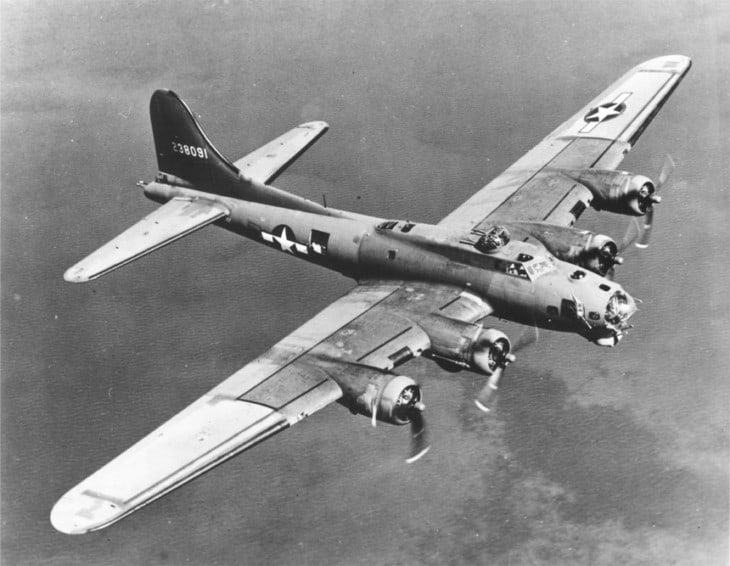
They completed 200 out of 205 missions. They were so successful that the myth “Never Lost a Bomber” was started. While the airmen did suffer losses, they were remarkably successful, more so than other white squadrons. They became known to the bomber crews as the “Red-Tailed Angels.”
On March 24, 1945, the 332nd Fighter Group flew its longest escort mission. Forty-three Mustangs led a group of B-17s bombers 1,600 miles deep into the German defenses. During the mission, the “Red Tails” faced off against German Fw 190 prop-fighters, Me-163 rocket-powered planes, and the Me-262, the world’s first jet fighter plane.

In the end, the Red Tails destroyed three German jet fighters and damaged an additional five jet fighters. The airmen received the Presidential Unit Citation for this outstanding performance.
The Tuskegee pilots faced an unusual conundrum. They became so successful at protecting the bombers under their escort that many times the enemies would not engage. This led the group to have a high success rate with bombers saved, but also a lower air-to-air kill rate than other squadrons. Regardless, bombers and their crews were appreciative, and the Red Tail reputation was cemented.
What Planes Did the Tuskegee Airmen Fly?
The squadrons went through several different warplane variations before they got the one they become most known for. They initially flew sorties in second-hand Curtiss P-40 Warhawks. These were older and more difficult to maneuver than the planes the Germans were flying.
The 332nd Fighter Ground, with it’s 100th, 301st, and 302nd squadrons, started with Bell P-39 Airacobras. They later upgraded to Republic P-47 Thunderbolts. The pilots first painted their tails red on these planes to make them stand out in a crowd. The nickname “Red Tails” stuck.
In 1944 they got their iconic North American P-51 Mustangs. They continued using red markings, with red bands on the wings and nose cone and the rudder. That’s why the Tuskegee Airmen were called Red Tails.
Tuskegee Airmen Planes
So to sum up, these are the planes the Tuskegee Airmen flew:
- Curtiss P-40 Warhawk
- Bell P-39 Airacobras
- Republic P-47 Thunderbolt
- North American P-51 Mustang
Why did the Tuskegee Airmen Paint their Tails Red?
It was mostly for easy identification, but enemy aircraft quickly learned to notice these distinctive aircraft and their expert pilots. The Red Tails were so well known that enemy aircraft became reluctant to engage in air-to-air combat, as they knew of the Red Tails’ impressive success rate.
How Many Tuskegee Airmen are Alive in 2020?
The Tuskegee Airman have been praised for their bravery and influence on integration. Just a few examples include Colonel Benjamin O. Davis, Jr., who was a West Point graduate. He then became the first black general in the Air Force. George Roberts became the first black commander of an integrated Air Force Unit, and Daniel James Jr. became the first black four-star general. Jesse Brown became the US Navy’s first black pilot.
More than 300 airmen were present to receive the Presidential Medal of Freedom from President George W. Bush in 2007. In 2009, the surviving Tuskegee Airmen were present at the inauguration of President Barack Obama.
As of May 2019, 12 of the original Tuskegee pilots who served overseas were still alive.
Brigadier General Charles McGee, one of the last surviving Tuskegee Airman, was honored by NASA in February 2020 as part of their black history month observances. After World War II ended, McGee continued his career as a military pilot and served in the Korean and Vietnam wars.
Related Posts
